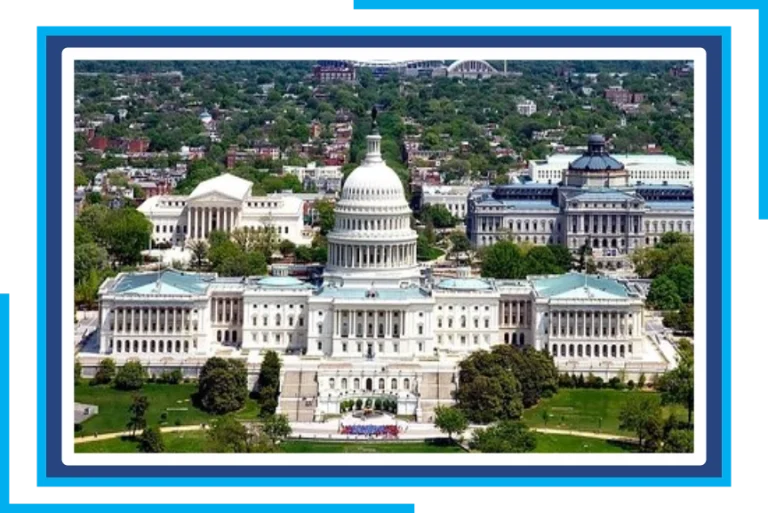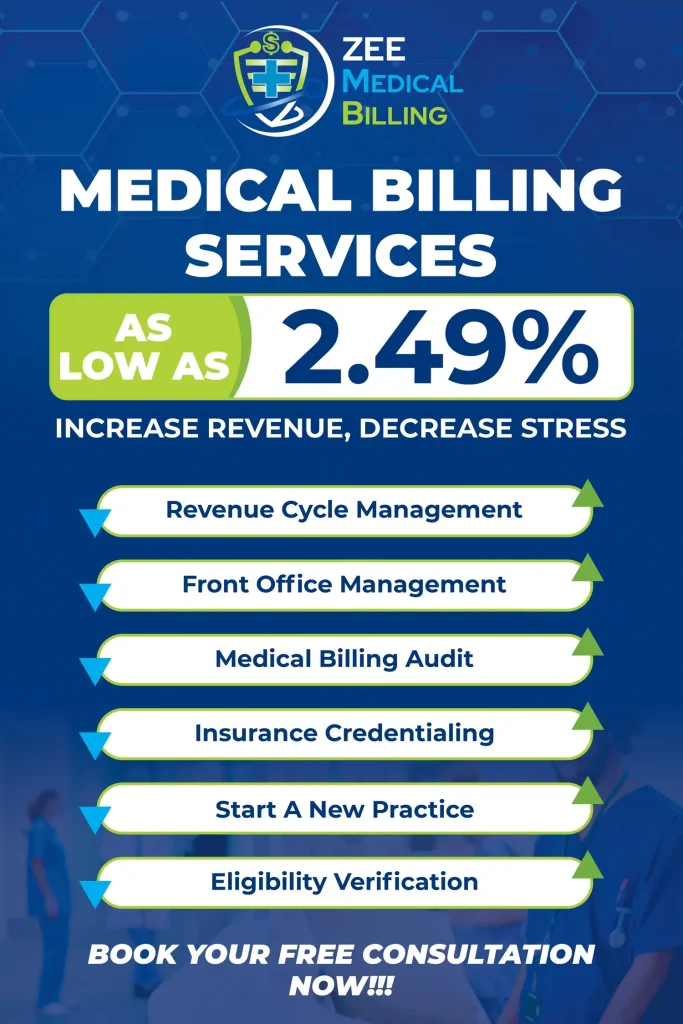Understanding Modifier 79: What It Is and Why It Matters
Modifier 79 is a crucial component of accurate medical billing. It shows that someone performed a procedure or service unrelated to the original one. This happened during the recovery time of another service.
This modifier ensures that the system pays the provider correctly. It applies when different services occur during the same global period. Without the 79 modifier, insurance companies might incorrectly bundle procedures or deny reimbursement.
Modifier 79 Definition:
“Unrelated procedure or service by the same physician or other qualified healthcare professional during the postoperative period.”
When to Use Modifier 79
Use Modifier 79 when:
- A patient is in the postoperative global period of a previous procedure.
- The provider performs a completely unrelated procedure.
- The same physician or group practice does the new procedure.
- The new service has its own CPT code and isn’t a complication or revision of the original procedure.
Also Read: When and How to Use Modifier 78 in Medical Coding?
Example:
A patient undergoes knee surgery (CPT 27447). Two weeks later, they return for a mole excision on the back (CPT 11401). Since the two procedures do not relate and occur in the same recovery time, you should add Modifier 79 to CPT 11401.
This lets the billing provider show that the services happened in the same global period. However, you should treat them separately for payment since they do not connect.
Modifier 79 Description with Example
Scenario:
- Initial Procedure: Cataract surgery on the left eye (CPT 66984)
- Postoperative Period: 90 days
- New Procedure: Skin lesion excision on the arm (CPT 11402) during those 90 days
Coding: CPT 11402 -79
This indicates that the second procedure does not relate to the original cataract surgery. It should get a separate payment.
“Another example: A surgeon removes a gallbladder using laparoscopic surgery (CPT 47562). Two weeks later, the same patient has a wrist cyst that needs surgery (CPT 25111).” Since the second surgery is unrelated, you must append Modifier 79 to CPT 25111 to ensure proper payment.
Comparison: Modifier 78 vs 79 vs 58 vs 24 vs 59
Understanding the difference between Modifier 79 and similar modifiers is critical to avoid claim denials.
Key Modifier Comparison Table:
| Modifier | Use Case | Description | Relation to Original Procedure |
|---|---|---|---|
| 79 | Return to the OR for related complications | New, unrelated procedure | Not related |
| 78 | Unplanned return for a related issue | Staged/Planned procedure in the post-op period | Related |
| 58 | Different anatomical sites or services | Planned or more extensive procedure | Related |
| 24 | Unrelated E/M service during post-op | E/M visit not related to surgery | Not related |
| 59 | Distinct procedural service | Procedures not normally reported together | Different anatomical site or services |
Modifier 78 vs 79
- Modifier 78 is for related complications needing return to the OR.
- Modifier 79 is for unrelated new procedures.
Modifier 58 vs 79
- Modifier 58 involves planned, staged, or more extensive procedures.
- Modifier 79 is for completely unrelated services.
Modifier 24 and 79
- Modifier 24 is used for E/M visits.
- Modifier 79 is for procedural codes, not E/M.
Modifier 79 and 59
- Modifier 59 is generally used to indicate distinct services or separate anatomical sites.
- Modifier 79 is specific to unrelated procedures within a postoperative global period.
Common Mistakes with Modifier 79
Avoid the following issues:
- Using it for related procedures (use Modifier 78 or 58 instead)
- Applying Modifier 79 to an E/M visit (use Modifier 24)
- Not documenting clearly why the procedure is unrelated
- Forgetting to append 79 to the second procedure’s CPT code during the post-op period
- Failing to understand payer-specific rules around modifier usage
These errors can result in claim denials, audits, or delays in reimbursement. Proper training and internal auditing can help minimize these mistakes.
Also Read: When and How to Use Modifier 77 in Medical Billing?
Best Practices for Using Modifier 79
- Document the medical necessity and the unrelated nature of the new procedure.
- Double-check if the patient is in the global period.
- Confirm CPT guidelines and payer policies.
- Ensure accurate coding and date references.
- Clearly distinguish the new condition or body system involved.
- Include supporting diagnosis codes that clearly show unrelatedness.
- Use clinical notes and operative reports to support coding decisions.
Sample Usage Table for Modifier 79
| Initial Procedure | Date | New Unrelated Procedure | CPT Code with Modifier |
| Hernia Repair (CPT 49505) | Jan 5 | Mole Removal (CPT 11400) on back | 11400-79 |
| Cataract Surgery (CPT 66984) | Mar 2 | Arm laceration repair (CPT 12001) | 12001-79 |
| Knee Arthroscopy (CPT 29881) | Apr 10 | Ear lesion excision (CPT 11442) | 11442-79 |
| Appendectomy (CPT 44950) | Jun 14 | Trigger finger release (CPT 26055) | 26055-79 |
FAQs
1. Can Modifier 79 be used with global periods?
Yes, providers specifically use Modifier 79 within the global period of another procedure. It indicates that someone performed a new and unrelated procedure, which should receive separate reimbursement.
2. What happens if I don’t use Modifier 79 for an unrelated procedure?
The payer may assume the new procedure is part of the original surgery’s global package and deny reimbursement. Modifier 79 ensures proper billing for unrelated services and prevents bundling errors.
3. Can a different physician in the same group use Modifier 79?
Yes. If the provider is part of the same group or specialty, Modifier 79 still applies. The group NPI and billing matter in this case, not the individual physician’s identity.
4. Is documentation required when using Modifier 79?
Absolutely. We need clear documentation to show that the second procedure is not related to the first. It must also show that it happened during the global period. Payers may request supporting clinical notes if they question the claim.
5. Can Modifier 79 be used multiple times within the same global period?
Yes, you can use Modifier 79 correctly if each extra procedure is separate and not related to the original. Always include documentation and CPT codes to support each instance.
Conclusion
Modifier 79 plays a vital role in medical billing by identifying unrelated procedures performed during a postoperative period. Knowing when and how to use this modifier is important. It is also key to understand how it differs from Modifiers 78, 58, 24, and 59. This knowledge can help reduce errors and ensure accurate reimbursement.
By using Modifier 79 correctly, healthcare providers can maintain ethical billing practices, streamline claims processing, and protect revenue integrity. Always focus on clear documentation. If you are unsure, check coding guidelines or payer-specific instructions. This helps ensure compliance and accuracy.
Need Expert Medical Billing Services?
Zee Medical Billing provides professional billing solutions tailored to healthcare providers across the United States. In addition to offering top-tier support from our main office, we proudly serve clients in Illinois, Indiana, California, Kentucky, New York, Washington, Georgia, Alabama, South Carolina, Texas, Pennsylvania, Ohio, New Hampshire, Nevada, Massachusetts, Hawaii, Arizona, and Colorado! Whether you’re looking to streamline your revenue cycle or improve claims accuracy, you can reach out to us to learn more about how we can support your practice.


























